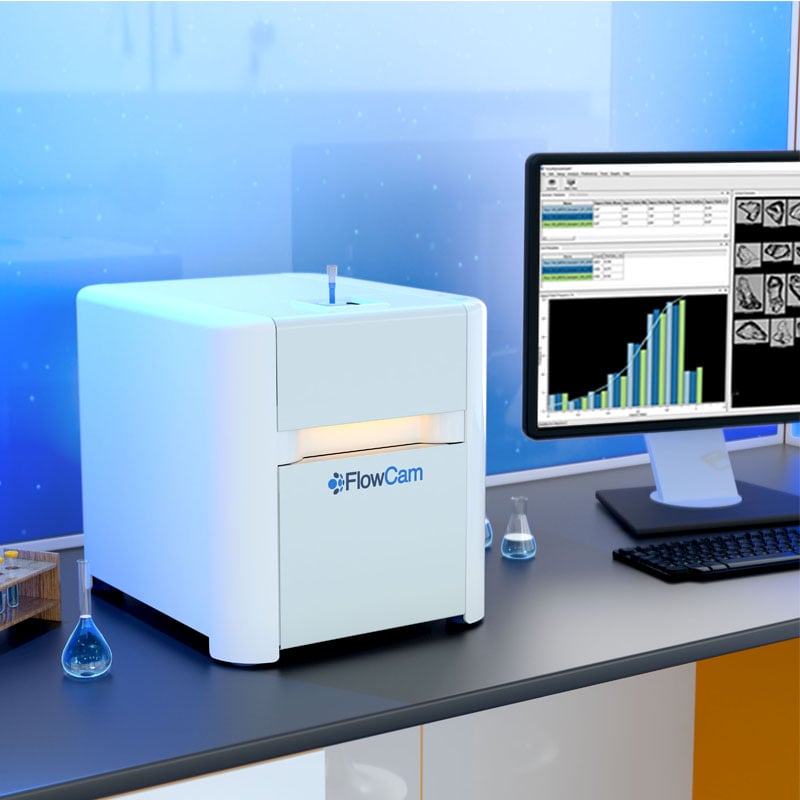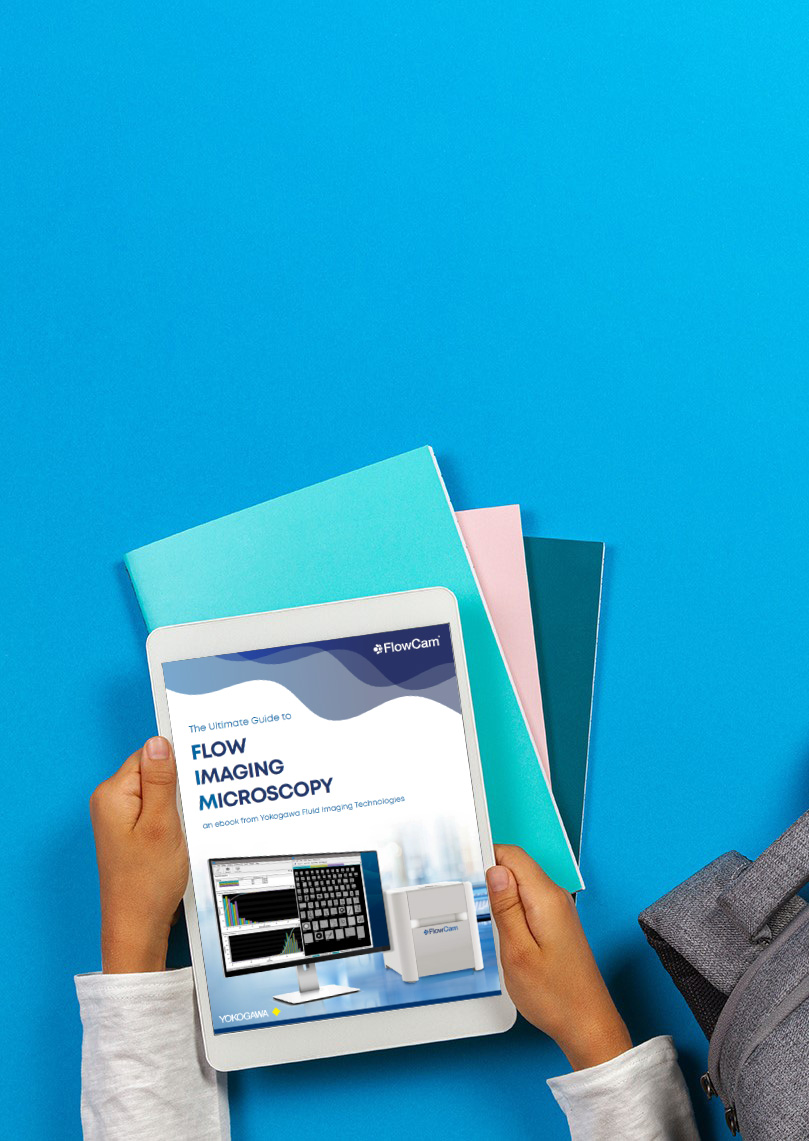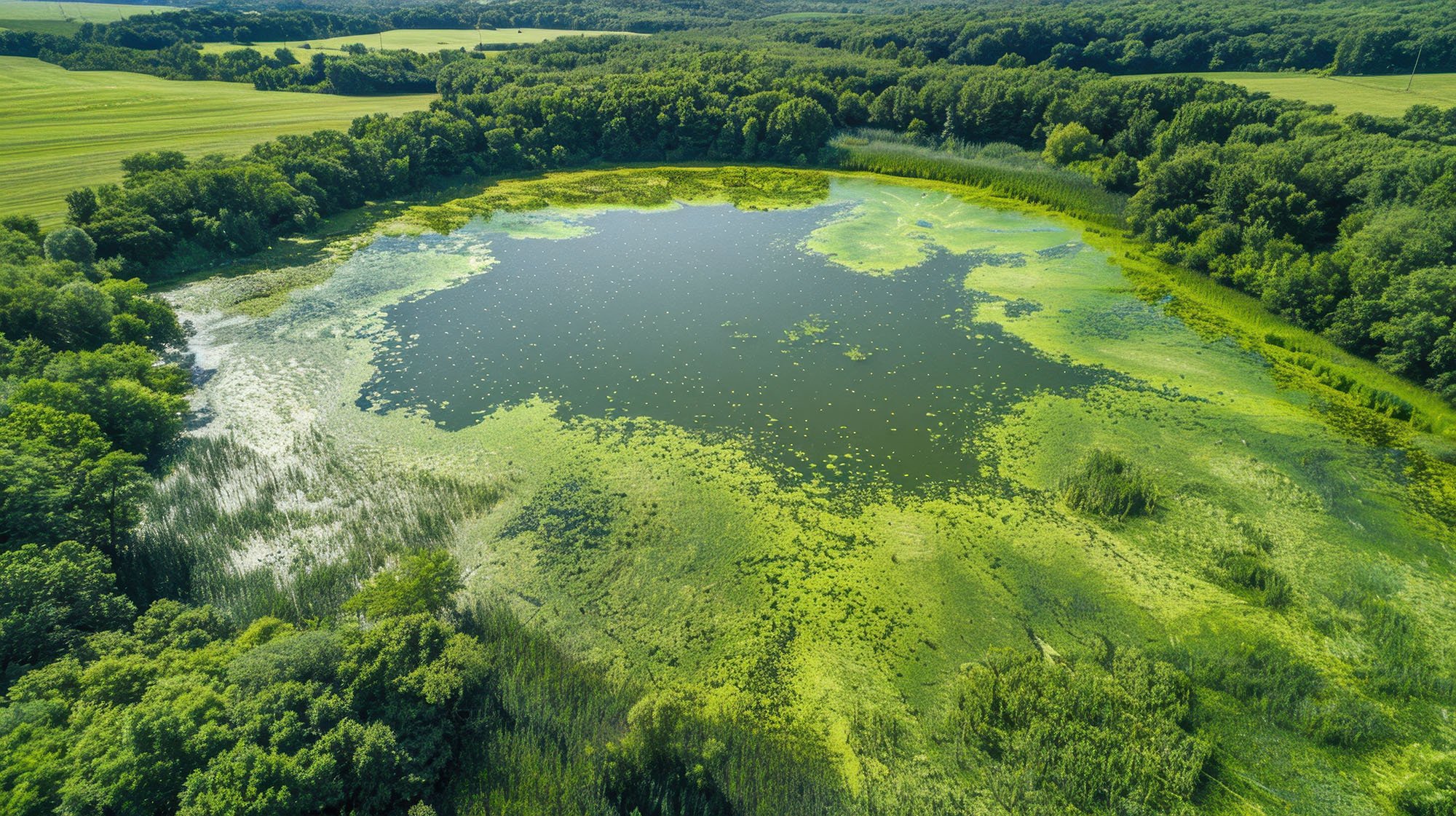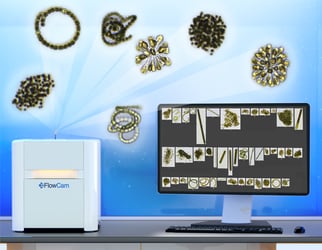Eutrophication, a process where a body of water becomes overly enriched, is an ecological challenge that threatens the vitality of aquatic ecosystems worldwide. Primarily driven by runoff carrying agricultural fertilizers rich in nitrogen and phosphorus, eutrophication accelerates the growth of algae in water bodies, resulting in harmful algal blooms (HABs), oxygen depletion, and severe disruptions to aquatic life. Monitoring this process is critical for mitigating its environmental and economic consequences.
The Problem of Eutrophication
Eutrophication occurs when excess nutrients from fertilizers enter rivers, lakes, and coastal zones. These nutrients fuel the rapid proliferation of algae, some of which are toxic, threatening biodiversity and aquatic health. The cascade of effects includes:
- Deoxygenation: Decaying algae consume oxygen, suffocating marine life.
- Economic Losses: Fisheries, tourism, and water treatment operations incur significant costs.
- Health Risks: Toxins from algal blooms contaminate drinking water sources.
Understanding the progression of eutrophication requires effective monitoring systems that provide real-time, accurate data on nutrient levels and algal composition.
Limitations of Traditional Monitoring Methods
Historically, scientists have relied on tools like chemical nutrient analysis and chlorophyll measurements to gauge eutrophication. While these methods are invaluable, they present notable challenges:
- Non-Specific Data: Nutrient concentration alone doesn’t reveal which algae are present.
- Delayed Results: Laboratory analysis can introduce lags in critical data.
- Insufficient Granularity: Traditional methods struggle to pinpoint drivers of harmful blooms or track particulate matter trends.
These gaps necessitate more sophisticated tools capable of detailed and prompt insights into eutrophication dynamics
The Role of Flow Imaging Microscopy in Monitoring Eutrophication
Flow Imaging Microscopy (FIM) has proven pivotal in eutrophication monitoring and related studies, enabling comprehensive water sample analysis by integrating high-resolution imaging and particle analysis. We explored how FIM works in depth in a previous article, but here's a brief recap of the process and its advantages.
How FIM Works
- Captures microscopic images of particles in water, such as algae, zooplankton, and detritus.
- Analyzes size, shape, and composition of suspended particles with precision.
- Provides species-level identification of phytoplankton and cyanobacteria—the culprits of HABs.
Advantages of FIM
- Specificity: Distinguishes between harmful and benign algae, supporting targeted interventions.
- Quantitative Insights: Delivers robust data on particle distribution, correlating directly with nutrient enrichment.
- Real-Time Monitoring: Offers immediate results, critical for proactive management.
Download The Ultimate Guide to Flow Imaging Microscopy
Key Applications of FIM in Eutrophication Studies
Species Identification
Rapidly identifying harmful algae, such as Microcystis or Anabaena, is vital for mitigating blooms. FlowCam enables researchers to detect these species early, preventing ecological damage.
Nutrient Source Tracking
By analyzing algal growth patterns, FIM helps trace nutrient origins, such as agricultural runoff or urban wastewater, enabling targeted mitigation strategies.
Evaluating Remediation Efforts
From buffer zones to aeration systems, remediation efforts aim to restore water quality. FIM monitors their impact, ensuring their efficacy and allowing for adjustments as needed.
Case Studies: Practical Applications
- Lake Erie’s HAB Crisis: FIM facilitated the identification of cyanobacteria types, such as Microcystis, in Lake Erie, which allowed researchers to gain a deeper understanding of bloom dynamics and their correlation with nutrient levels. Recent studies using FlowCam have shown its effectiveness in identifying species composition shifts, which helped management teams take targeted action to reduce nutrient input and mitigate HAB occurrences.
- China’s Three Gorges Reservoir: Researchers used FlowCam to monitor zooplankton dynamics, revealing critical nutrient-algal interactions. FlowCam's ability to measure zooplankton size and abundance provided valuable insights into how changes in nutrient levels influenced zooplankton populations, which in turn affected algal blooms. These detailed measurements helped in understanding the intricate relationships between zooplankton and nutrient fluctuations, informing strategies to manage nutrient inputs and improve reservoir health.
Enabling Sustainable Water Management
Effective monitoring of eutrophication is important for safeguarding aquatic ecosystems and supporting sustainable agriculture. Investing in advanced tools like FlowCam not only ensures better environmental outcomes but also fosters resilient communities dependent on healthy waterways. Contact our experts today to learn more about how our solutions can support your monitoring needs.











